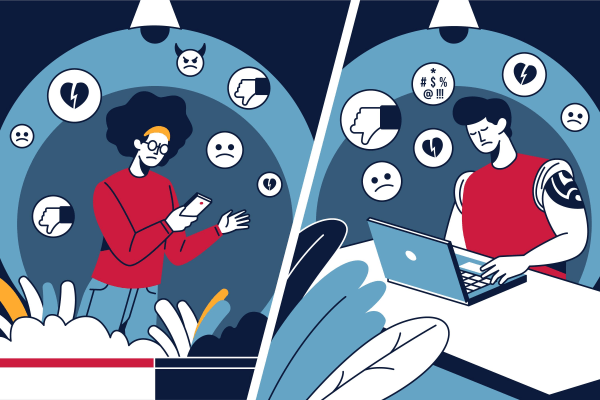
Introduction:
Obsessive-Compulsive Disorder (OCD) is a mental health condition that affects millions of people worldwide. It is characterized by persistent, intrusive thoughts (obsessions) and repetitive behaviors (compulsions) aimed at reducing anxiety or preventing a feared event. Despite its prevalence, OCD remains widely misunderstood, leading to stigmatization and barriers to seeking help. In this article, we delve into the complexities of OCD, debunk common misconceptions, and highlight the importance of compassion and support for individuals living with this condition.
Understanding OCD:
OCD is a chronic condition that can manifest in various forms. Common obsessions include fears of contamination, intrusive thoughts about harm or violence, excessive doubts, and the need for symmetry or order. Compulsions often involve repetitive behaviors like excessive handwashing, checking rituals, counting, or arranging objects in a specific manner. These rituals may provide temporary relief from anxiety, but they perpetuate the cycle of OCD, trapping individuals in a relentless loop of obsessions and compulsions.
Debunking Misconceptions:
- OCD is not just about cleanliness: While contamination fears are a well-known aspect of OCD, the disorder encompasses a wide range of obsessions and compulsions. It can affect individuals of all ages, backgrounds, and professions.
- OCD is not a personal choice or a character flaw: People with OCD do not choose to have intrusive thoughts or engage in compulsive behaviors. OCD is a neurobiological condition, influenced by genetic and environmental factors, and often coexists with other mental health disorders.
- OCD is more than just being organized: Although a desire for order and symmetry can be part of OCD, it goes beyond mere tidiness. It involves intense distress and anxiety when things are not done a certain way, and individuals may spend hours performing rituals to alleviate their fears.
- OCD is not something that can be easily controlled: It is important to understand that OCD is not a matter of willpower or self-control. Telling someone with OCD to “just stop” their obsessions or compulsions is akin to asking someone with a broken leg to walk normally—it’s simply not possible without appropriate treatment and support.
Seeking Support:
If you or someone you know is struggling with OCD, seeking professional help is crucial. Effective treatment options include:
- Cognitive-Behavioral Therapy (CBT): CBT, particularly Exposure and Response Prevention (ERP), is the gold standard for OCD treatment. It involves gradually exposing individuals to their fears and helping them resist engaging in compulsions. Over time, this process reduces anxiety and breaks the cycle of OCD.
- Medication: In some cases, medication, such as selective serotonin reuptake inhibitors (SSRIs), may be prescribed to help manage OCD symptoms. It is important to consult a qualified healthcare professional to determine the most suitable treatment plan.
- Support Groups: Joining support groups or connecting with others who have experienced similar challenges can provide a sense of belonging and understanding. Sharing experiences and coping strategies can be immensely helpful in navigating the ups and downs of living with OCD.
Conclusion:
Obsessive-Compulsive Disorder is a complex mental health condition that can significantly impact an individual’s daily life. By educating ourselves and dispelling misconceptions, we can foster empathy and create a supportive environment for those affected by OCD. Remember, OCD is not a choice, and seeking appropriate treatment and support is essential for individuals to regain control over their lives. Let us promote acceptance and understanding, encouraging individuals to reach out for the help they deserve.
